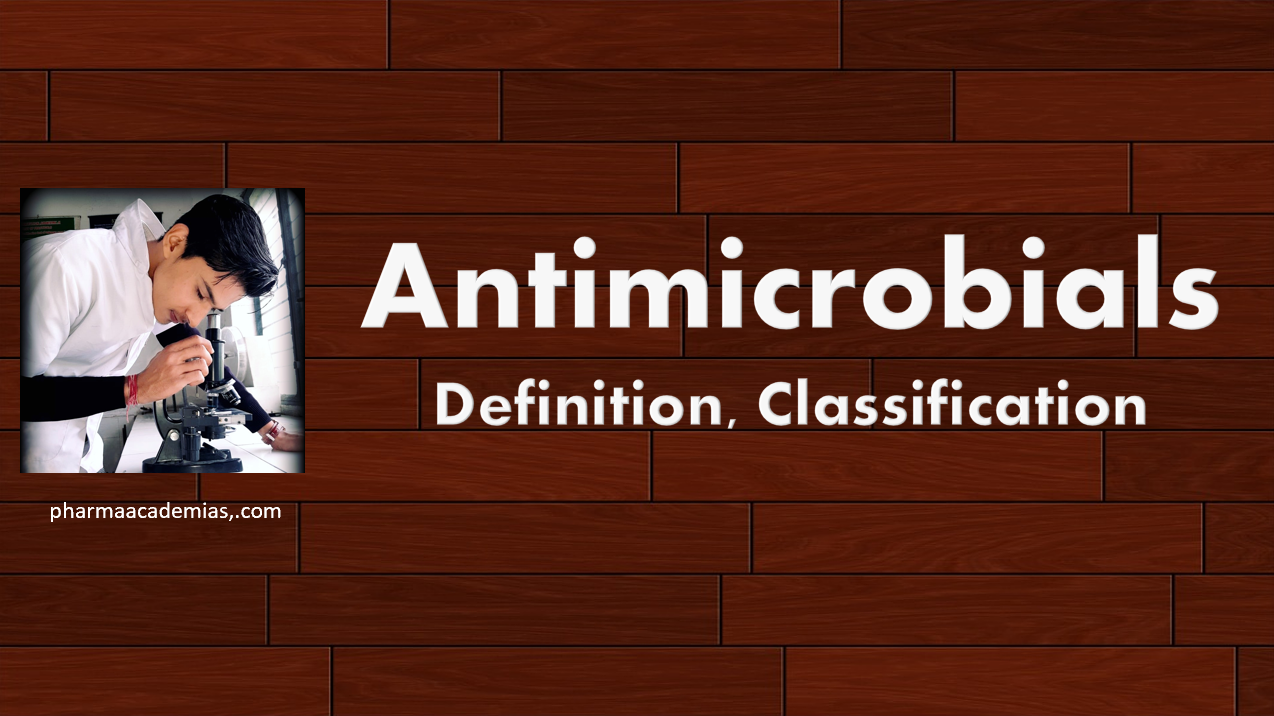Dry Powder for Reconstitution: Definition, Types, Composition, Properties, Advantages, Disadvantages
Dry powder for reconstitution is a pharmaceutical dosage form where a dry, powdery mixture of active ingredients and excipients is packaged for reconstitution into a liquid preparation by adding a specified amount of solvent, typically water, immediately before use. This form is particularly suitable for drugs that are unstable in liquid form over extended periods. … Read more




